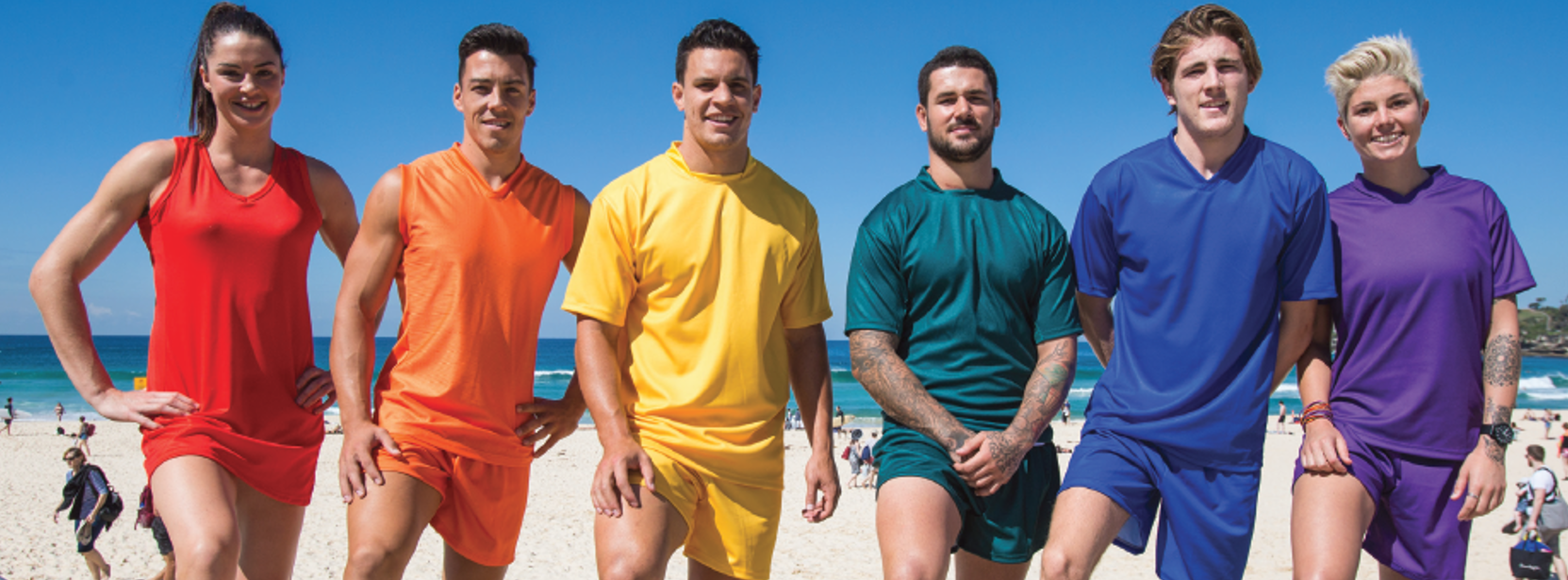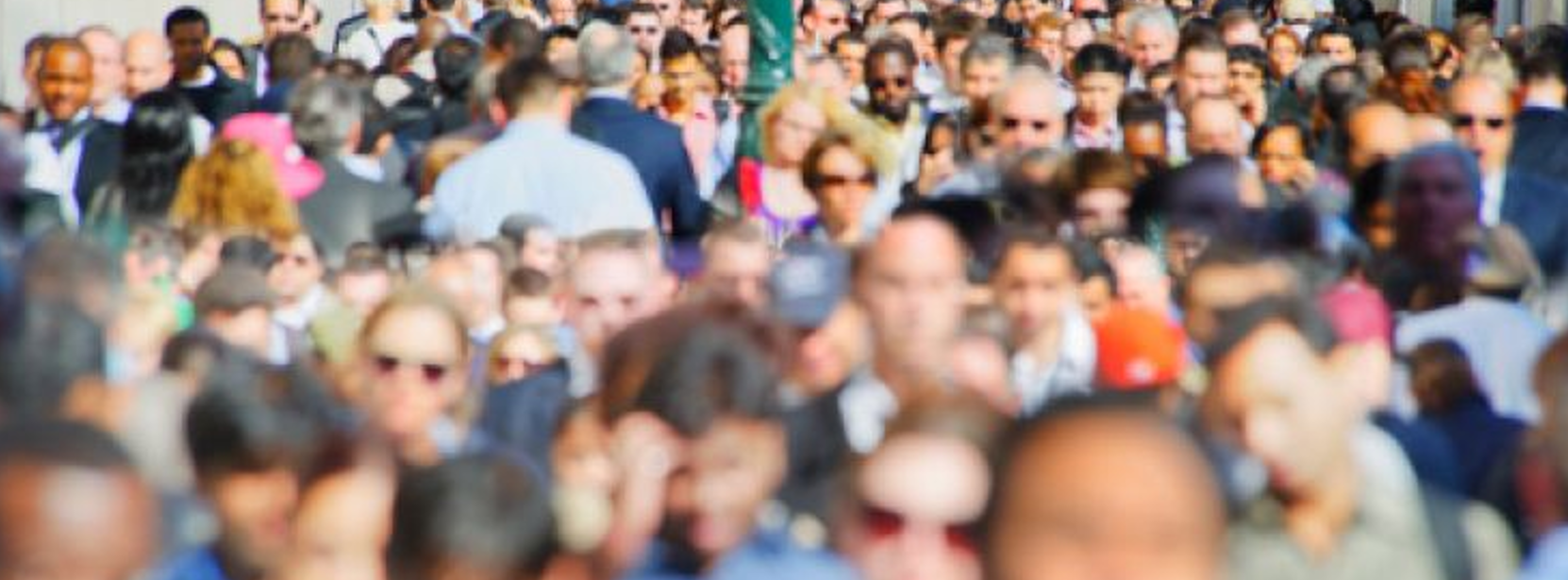 Bodies, gender and gender identities
Bodies, gender and gender identities
 Sexual orientations
Sexual orientations
 Societal attitudes/issues
Societal attitudes/issues
Brotherboy is a term used by Aboriginal and Torres Strait Islander people to describe gender diverse people who have a male spirit and take on male roles within the community. Brotherboys have a strong sense of their cultural identity.
Gender identity is defined in the Act as ‘the gender-related identity, appearance or mannerisms or other gender-related characteristics of a person (whether by way of medical intervention or not), with or without regard to the person’s designated sex at birth’.
For example, a person’s birth certificate may include a marker which indicates that the person’s designated sex is female when that person identifies as a man (in other words, their gender identity is that of a man).
Gender dysphoria is the discomfort a person feels with how their body is perceived and allocated a gender by other people. The experience may occur when a person feels their biological or physical sex doesn’t match their sense of their own gender.
This feeling, that there is a mismatch, can trigger a range of responses. Some people experience serious distress, anxiety and emotional pain, which can affect their mental health. Others experience only low-level distress — or none at all. For this reason, gender dysphoria is no longer considered a mental illness. (Not to be confused with ‘Body Dysmorphia’)
Gender diverse is an umbrella term that includes all the different ways gender can be experienced and perceived. It can include people questioning their gender, those who identify as trans/transgender, genderqueer, non-binary, gender non-conforming and many more.
Cisgender / cis is a term used to describe people who identify their gender as the same as what was assigned to them at birth (male or female). ‘Cis’ is a Latin term meaning ‘on the same side as’.
Deadname is a term used by some trans people to describe the name they were given and known by prior to affirming their gender and/or coming out.
Intersex (Intersex status) is a protected attribute under the Act. Under the Act ‘intersex status’ means the status of having physical, hormonal or genetic features that are:
neither wholly female nor wholly male
a combination of female and male, or
neither female nor male.
The term ‘intersex’ does not describe a person’s gender identity (man, woman, neither or both). A person with an intersex variation may identify as a man, woman, neither or both.
LGBTQI (or variations of it) is an acronym for lesbian, gay, bisexual, transgender, queer/questioning and intersex. It is used to refer collectively to these communities. The ‘LGB’ refers to sexuality/sexual identity; the ‘T’ refers to gender identity; and the ‘I’ refers to people who have an intersex variation. ‘Q’ can refer to either gender identity or sexuality.
Non-Binary is a term used to describe a person who does not identify exclusively as either a man or a woman. Genders that sit outside of the female and male binary are often called non-binary.
A person might identify solely as non-binary, or relate to non-binary as an umbrella term and consider themselves genderfluid, genderqueer, trans masculine, trans feminine, agender, bigender, or something else.
Pronouns are a grammatical means of referring to a person or persons when not using their name. Common pronouns are ‘she/her/hers’, ‘he/him/his’ or gender neutral pronouns such as ‘they/them/theirs’. The pronouns a person uses to describe themselves generally reflects their gender identity.
Sex refers to a person’s biological sex or sex characteristics. These may be genetic, hormonal, or anatomical. Unlike ‘gender identity’, ‘sex’ is not defined in the Act.
Sistergirl is a term used by Aboriginal and Torres Strait Islander people to describe gender diverse people that have a female spirit and take on female roles within the community. Including looking after children and family. Many Sistergirls live a traditional lifestyle and have strong cultural backgrounds.
Transgender (commonly abbreviated to ‘trans’) is a general term used to describe a person whose gender identity is different to the sex they were assigned at birth. Being transgender is about how an individual describes their own gender. It is not necessarily about their biological characteristics.
Trans people may position ‘being trans’ as a history or experience, rather than an identity, and consider their gender identity as simply being female, male or a non-binary identity.
Some trans people connect strongly with their trans experience, whereas others do not. Processes of gender affirmation may or may not be part of a trans or gender diverse person’s life.
Transition / Gender Affirmation means the personal process or processes a trans or gender diverse person determines is right for them in order to live as their defined gender and so that society recognises this. Transition may involve social, medical/surgical and/or legal steps that affirm a person’s gender.
Affirming gender doesn’t mean changing gender, ‘having a sex change’ or ‘becoming a man or a woman’, and transition isn’t the same as being trans. A trans or gender diverse person who hasn’t medically or legally affirmed their gender is no less the man, woman or non-binary person they’ve always been.
Social transition is the process by which a person changes their gender expression to better match their gender identity. This may include changing their name, pronouns, and appearance.
Medical transition is the process by which a person changes their physical sex characteristics to align with their gender identity. This may include hormone therapy, surgery or both.
Legal transition is the process by which a person changes their identity documents, name, or both, to reflect their gender identity. This may include changing their gender marker on a passport or birth certificate or changing their name on a driver’s licence or bank card.
Assigned female at birth/Designated female at birth.
Assigned male at birth/Designated male at birth.
Sexual orientation refers to an individual’s sexual and romantic attraction to another person. This can include, but is not limited to, heterosexual, lesbian, gay, bisexual and asexual. It is important to note, however, that these are just a handful of sexual identifications – the reality is that there are an infinite number of ways in which someone might define their sexuality. Further, people can identify with a sexuality or sexual orientation regardless of their sexual or romantic experiences. Some people may identify as sexually fluid; that is, their sexuality is not fixed to any one identity.
Aromantic/aro refers to individuals who do not experience romantic attraction. Aromantic individuals may or may not identify as asexual.
Asexual/ace is a sexual orientation that reflects little to no sexual attraction, either within or outside relationships. People who identify as asexual can still experience romantic attraction across the sexuality continuum. While asexual people do not experience sexual attraction, this does not necessarily imply a lack of libido or sex drive.
Bisexual is an individual who is sexually and/or romantically attracted to people of the same gender and people of another gender. Bisexuality does not necessarily assume there are only two genders.
Gay is an individual who identifies as a man and is sexually and/or romantically attracted to other people who identify as men. The term gay can also be used in relation to women who are sexually and romantically attracted to other women.
Heterosexual (straight) is an individual who is sexually and/or romantically attracted to the opposite gender.
Lesbian is an individual who identifies as a woman and is sexually and/or romantically attracted to other people who identify as women.
Pansexual is an individual who’s sexual and/or romantic attraction to others is not restricted by gender. A pansexual may be sexually and/or romantically attracted to any person, regardless of their gender identity.
Queer a term used to describe a range of sexual orientations and gender identities. Although once used as a derogatory term, the term queer now encapsulates political ideas of resistance to heteronormativity and homonormativity and is often used as an umbrella term to describe the full range of LGBTIQA+ identities.
A social attitude is commonly defined as “a behavior pattern, anticipatory set or tendency, predisposition to specific adjustment or more simply, a conditioned response to social stimuli” (Dockery & Bedeian, 1989, p. 11).
An ally, straight ally, or heterosexual ally is typically a heterosexual and cisgender person who supports equal civil rights, gender equality, LGBTQ+ social movements, and challenges homophobia, biphobia, and transphobia. Not everyone who meets this definition identifies as an “ally”. An ally acknowledges that LGBTQ+ people face discrimination and thus are socially disadvantaged. They aim to use their position as heterosexual and cisgender individuals in a society focused on heteronormativity to counter discrimination against LGBTQ+ people. An ally can also be someone who identifies within the LGBTQ+ community and supports an aspect of that community in which they don’t identify with (e.g. a Cisgendered gay man may identify as an ally to transgender individuals).
Biphobia is abuse towards someone who is attracted to more than one gender, and even includes when that person’s identity is erased. This can be in the form of telling someone that their sexuality is “just a phase”, or even telling them to “pick a side.”
Cissexism is where something is based on a discriminatory social or structural view that positions (either intentionally or otherwise) the trans experience as either not existing or as something to be pathologised. Cissexism believes that gender identity is determined at birth and is a fixed and innate identity that is based on sex characteristics (or ‘biology’) and that only binary (male or female) identities are valid and real.
Heteronormativity (also known as cisnormativity) the view that heterosexual relationships are the only natural, normal and legitimate expressions of sexuality and relationships, and that other sexualities or gender identities are unnatural and a threat to society (GLHV, 2016).
Homophobia refers to negative beliefs, prejudices and stereotypes that exist about people who are not heterosexual. Verbal homophobia is the most common form. Things like name-calling, rumours and abusive words (‘fag’ or ‘dyke’). Phrases like “that’s so gay” which compare sexuality to words like ‘crap’ can have a negative impact. Homophobia also include abusive threats or actual physical violence, sexual harassment and deliberately excluding someone because of their sexuality.
Misgendering is an occurrence where a person is described or addressed using language that does not match their gender identity. This can include the incorrect use of pronouns (she/he/they), familial titles (father, sister, uncle) and, at times, other words that traditionally have gendered applications (pretty, handsome, etc.). It is best to ask a person, at a relevant moment, what words they like to use.
Transphobia refers to negative beliefs, prejudices and stereotypes that exist about transgender/trans and gender diverse people. You may have heard transphobic language like ‘tr*nny’, or seen restrictions on the way that people are allowed to express their gender. Things like which uniform you’re allowed to wear or toilets you can use. Transphobia can also include abusive threats or actual physical violence, sexual harassment and deliberately excluding someone because of their gender.
Related Resources:
- Language and Terminology Summary, Pride in Sport (2020)
- A language guide: Trans and gender diverse inclusion, ACON Health (2017)
- Guidelines for the inclusion of transgender and gender diverse people in sport, Sport Australia & Australian Human Rights Commission (2019)
- Trans Hub Language, ACON Health (2020)
- LGBTIQ Inclusive Language Guide, Victoria State Government (2019)

